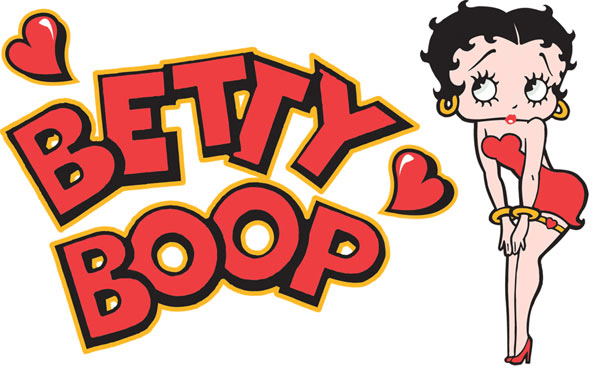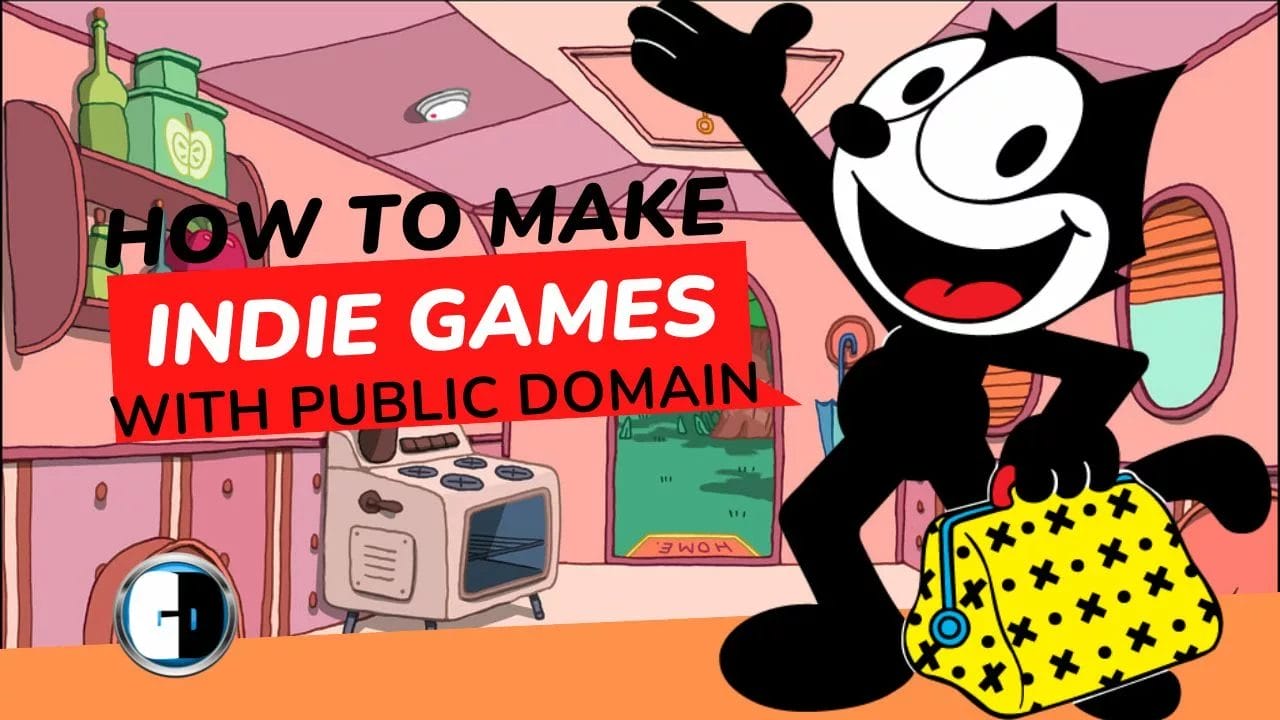I. Introduction on How to Use Public Domain Content to make indie games
This article has been inspired by the youtube from a GDC talk that we saw a couple of days ago. We were already thinking about doing something similar ourselves and we were already looking for some public domain books or characters that could give us a ground base for making indie games based on them as a way to leverage on the IP itself.
Since, the video was really helpful to us, we have though in using it as the bases to expand on the concept and as well as adding some extra references that could help other indie game developers thinking in taking the same road.
But before starting, let’s define some common ground rules of understanding, as the dangers of doing it wrong, are quite heavy, and if not carefull in selecting the IP, you could get yourself/ves into serious legal problems with usually really large and “greedy” corporations.
A. Definition of Public Domain Content
First of all, let’s start by defining public domain content as works that are no longer under copyright and can be freely used, copied and modified. The concept of Public domain works include literature, art, music and other creative works that are no longer protected by intellectual property laws.
Using public domain content in game development can provide Indie game developers with a large source of inspiration, resources and, of course, potential audiences.
B. The importance of public domain content in game development
The importance of public domain content applied to indie games ( although it could also be applied to books, movies, comics, etc), can provide a a large number of benefits:
- First, public domain works can provide a built-in audience for games, as they have already been popularised and enjoyed by many people.
- Second, public domain content can attract new audiences to games, including people outside the usual gaming community, such as teachers, historians and librarians.
- Third, public domain works can be a source of inspiration for game developers, helping them to come up with new ideas and creative solutions to problems.
- Fourth and Final, public domain works can help game developers connect with other artists and communities, leading to new collaborations and opportunities for growth.
Despite these benefits, it is very important to understand that working with public domain content can present challenges, such as ensuring that the original source material is respected and accurately represented in the game.
II. Benefits of Using Public Domain Content to be used in indie video games
Using public domain material can provide a built-in audience and be relevant to education and historical contexts. Additionally, using public domain content can offer an opportunity for innovation and cost-effective development.
A. Built-in audience
One of the benefits of using public domain content in game development is that it can provide a built-in audience.
This is because the original works, such as literature or historical events, already have an established following.
By creating a game based on public domain content, developers can tap into that existing audience and potentially attract new fans.
Furthermore, these fans may come from outside the usual gaming community, including educators, librarians, and historians, who may be interested in using the game as a teaching tool or for research.

Here is a list of characters that are free to use:
Merrie Melodies
- Smile, Darn Ya, Smile! ( 1931)
- One More Time (1931)
- You Don’t Know What You’re Doin’! (1931)
- Hittin’ the Trail for Hallelujah Land (1931)
- Red-Headed Baby (1931)
- Pagan Moon (1932)
- Freddy the Freshman (1932)
- Crosby, Columbo, and Vallee (1932)
- Mythology Characters ( Greek, Nordic, etc)
- Arsene Lupin
- Sherlock Holmes
- Frankeinstein
- Dracula, etc….
B. Relevance to education and historical contexts
Another benefit of using public domain content is its relevance to education and historical contexts. Since many public domain works have cultural and historical significance, creating games based on them can offer educational value to players. For instance, games that are based on historical events can provide a fun and engaging way to learn about the past. This can be especially valuable for younger players who may not be interested in traditional educational materials.

C. Opportunity for innovation
Using public domain content as inspiration can also provide an opportunity for innovation. The original works can be used as a starting point for new and creative game designs, allowing developers to explore and experiment with different ideas. Furthermore, the public domain nature of the content allows for greater freedom in interpretation and adaptation, which can lead to more unique and original games.
D. Cost-effective development
Finally, using public domain content can be a cost-effective way to develop games. Since the original works are not protected by copyright, developers can freely use and adapt them without having to pay licensing fees or worry about copyright infringement.
This can make game development more accessible to independent developers who may not have the resources to license popular intellectual property. Additionally, because the content is already established, developers may not need to spend as much time on world-building or character development, which can save time and resources
III. Challenges of using Public Domain content in game development
This section focuses on the challenges that game developers may face when using public domain content in their games. While there are certainly benefits to utilizing pre-existing content, there are also a number of obstacles that must be overcome.
These include respecting the original source material, navigating legal considerations, and meeting the expectations of fans of the source material. We will also try to provide some insight into these challenges and offers potential solutions for game developers to consider.
A. Respect for source material
One of the challenges of using public domain content in game development is to ensure that the original source material is respected. Game developers must be careful to maintain the integrity of the source material and not make changes that would be considered disrespectful or inappropriate. This is particularly important when dealing with sensitive or controversial subject matter. Game developers must balance their creative vision with the need to honour the original work.
B. Legal considerations
Another challenge in using public domain content is navigating the legal considerations involved. While public domain works are free to use, there may still be legal issues to consider, such as trademark and copyright infringement.
Game developers need to ensure that their use of public domain content is legal and does not infringe the rights of other parties.

C. Meeting the expectations of fans of the source material
When creating a game based on public domain content, game developers must be prepared to meet the expectations of fans of the original work. For example, fans of a book or comic may have specific ideas about how a game based on that work should look or play. Game developers must be careful to balance their creative vision with the fans’ expectations to ensure that the game is well received.
IV. How to use public domain content effectively in making indie games
This section focuses on providing guidance on how to use public domain content effectively in making indie games. The are several important aspects to consider when creating a game based on public domain material, including understanding the source material, finding inspiration from other artists, building a passionate team, and embracing the challenges and opportunities that come with using public domain content. We will try to help you successfully navigate the process of creating games based on public domain content and to create a game that is respectful of the original source material while still being innovative and fun to play.
A. Understanding the source material
When creating a game based on public domain content, it is important to have a thorough understanding of the original source material. This includes understanding the time period in which the work was created, the cultural context, and the style of the writing or artwork. It’s also important to respect the original creator’s intent and avoid distorting the message or meaning of the work.
B. Be inspired by the work of other artists
To create a successful game based on public domain content, developers should study the works of other artists and look for inspiration and solutions to creative problems in cultural works that have come before them. They should also be open to the possibility of incorporating multiple works into a single game.
C. Build a passionate team
Creating a game based on public domain content can be a long and challenging process. To ensure success, it’s important to build a team that is passionate about the project and shares a vision of what the game should be. This may involve involving experts in the original source material, historians or educators who can provide valuable insights.
D. Facing the challenges and opportunities
Developing a game based on public domain content can be a complex process, but it also offers unique opportunities. For example, it offers the chance to engage with an existing audience and introduce new people to the original work. It can also lead to positive buzz and funding opportunities. Developers should be prepared to embrace these challenges and opportunities in order to create a game that truly resonates with players.
V. Conclusion
In general terms, there are both benefits and challenges of using public domain content in indiegame development, as well as encouragement for developers to take advantage of this valuable resource. By doing it correctly there are great potential rewards associated with the usage of public domain content, if making sure of understanding and respecting the source material.
A. Encouraging the use of public domain content in game development
Despite the challenges, the author encourages game developers to use public domain content in their games. The author suggests that using public domain content can provide a unique and rewarding creative experience, allowing game developers to create something that is both new and familiar.
B. A reminder of the potential rewards:
These rewards include positive buzz, funding opportunities and the chance to meet like-minded and passionate people. All indie game developers should embrace the challenges and opportunities of using public domain content and to use their creativity to create new and exciting games.




